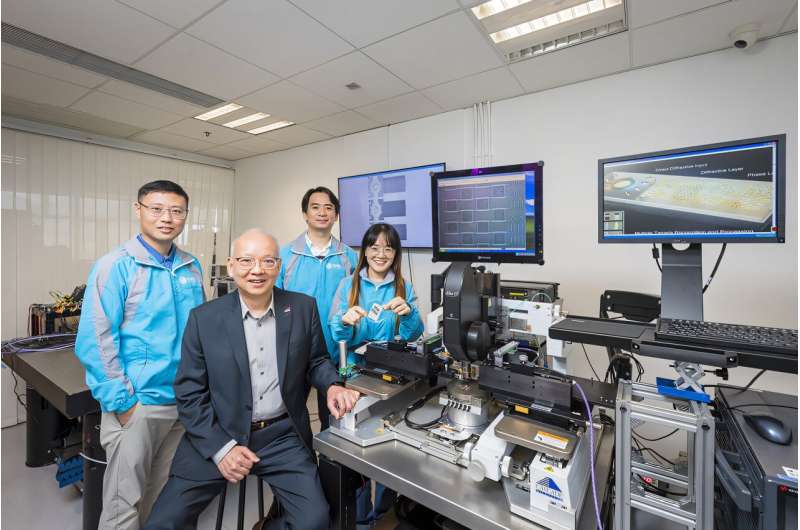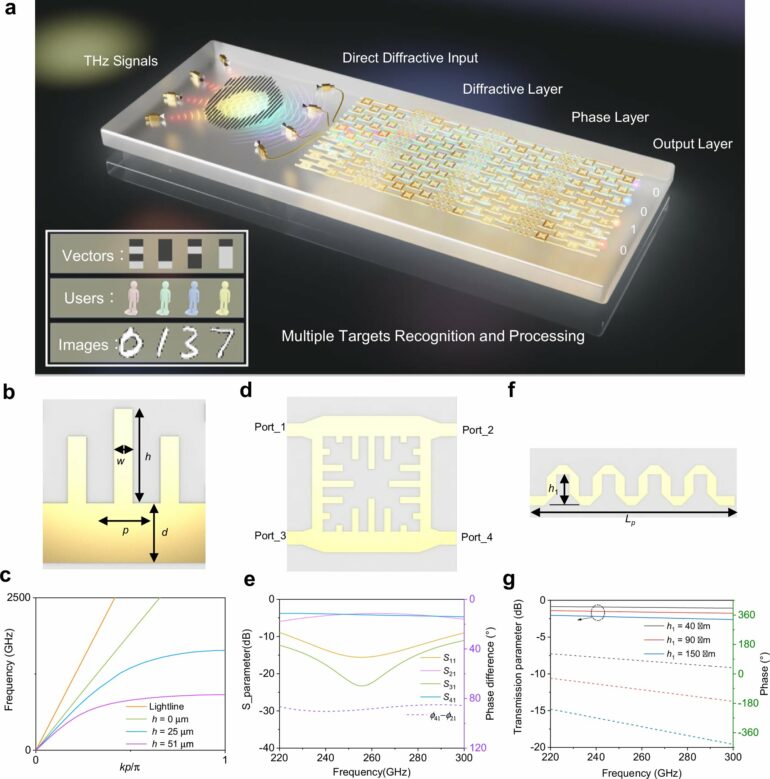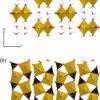An innovative planar spoof plasmonic neural network (SPNN) platform capable of directly detecting and processing terahertz (THz) electromagnetic signals has been unveiled by researchers at City University of Hong Kong (CityUHK) and Southeast University in Nanjing.
The study has potential for fields such as intelligent communication, advanced computing systems, and terahertz on-chip integration, all of which are crucial for the future of 6G.
The research project is led by Professor Chan Chi-hou, Chair Professor of the Department of Electrical Engineering and Director of State Key Laboratory of Terahertz and Millimeter Waves (SKLTMW) at CityUHK and Academician Cui Tiejun, Director of State Key Laboratory of Millimeter Waves, Southeast University.
The paper, “Terahertz spoof plasmonic neural network for diffractive information recognition and processing,” was published in Nature Communications.
The team set out to address the challenges posed by the rapid evolution of artificial intelligence. Traditional space-diffractive neural networks suffer from low-space transmission efficiency and large spatial dimensions, limiting their miniaturization and broader applications. This new SPNN platform overcomes these limitations by offering a compact, efficient, and easily integrable solution.

(Pictured, from left) Dr Chen, Professor Chan, Dr Shum Dr Gao; and researchers from Southeast University have unveiled an innovative planar spoof plasmonic neural network platform. © City University of Hong Kong
The new technology, composed of compact spoof surface plasmon polaritons diffraction layers and phase-shifting layers, introduces a compact method for building and utilizing neural networks. It can efficiently handle complex tasks like handwriting recognition and multi-user distinction, offering potential applications in terahertz on-chip integration and intelligent communication systems.
“The SPNN can directly process different users’ directions on the THz platform, integrating the capability of classifying handwritten digits without relying on digital processing,” said Dr. Gao Xinxin, the first author of the paper and a postdoctoral fellow at SKLTMW.
The SPNN’s compactness, efficiency, and scalability make it an ideal candidate for artificial neural networks, addressing the power consumption and scalability issues of traditional digital computers. This network can directly process and recognize diffractive information with low power consumption and at the speed of light, broadening the application of terahertz plasmonic metamaterials.
“SKLTMW has excellent fabrication and measurement facilities supported by the Research Grants Council, the Innovation and Technology Commission of the HKSAR Government, and CityUHK,” said Professor Chan.
“These facilities allow us to test our ideas promptly and generate unexpected results.”
More information:
Xinxin Gao et al, Terahertz spoof plasmonic neural network for diffractive information recognition and processing, Nature Communications (2024). DOI: 10.1038/s41467-024-51210-2
Provided by
City University of Hong Kong
Citation:
Advanced terahertz neural network offers compact solution for AI challenges (2024, November 11)



